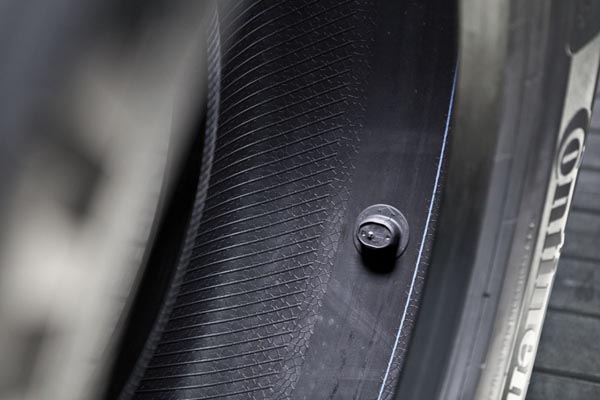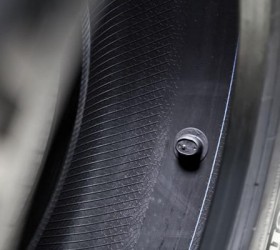As 2013 nears its close forecasts of how the market for new commercial vehicles will end present a mainly positive if mixed picture, according to Tracey Hyem, UK commercial marketing manager for leading global tyre maker Continental.
 Speaking at a pre-Christmas media briefing, Ms Hyem said that figures from the SMMT show that commercial vehicle registrations in 2013 are expected to be up by over 10 per cent. “But within that overall number the picture is a little mixed,” she added.
Speaking at a pre-Christmas media briefing, Ms Hyem said that figures from the SMMT show that commercial vehicle registrations in 2013 are expected to be up by over 10 per cent. “But within that overall number the picture is a little mixed,” she added.
The over 16 tonne truck segment is likely to do better than the overall market with an 18 per cent rise in registrations, partly because of a rush to register Euro 5 models ahead of the legislative cut-off date, while registrations of rigid trucks below 16 tonne gross weight are forecast to decline by five per cent. Bus and coach registrations are similarly mixed with a year to date decline in bus registrations of 12 per cent while the coach market has responded well with an upturn of 15.7 per cent. The Republic of Ireland presents a broadly similar picture.
Ms Hyem went on to say that the replacement market for new tyres increased in 2013. “In the UK we are forecasting an increase of about 14 per cent on 2012 with a five per cent increase in Ireland,” she says. “Across Europe as a whole we are seeing sales of new replacement tyres up by about eight per cent.
So which types of tyre are most in demand? By far the largest segment is for regional tyres, which account for 85 per cent of replacement new tyre sales in the UK market and 82 per cent in Ireland. Long distance tyres represent about eight per cent of the market in the UK and seven per cent in the ROI but we are starting to see a growth in this area. And the balance is mopped up by construction at five per cent in the UK and four per cent in Ireland; urban at four and a half per cent and two per cent; and winter tyres, which make up just half a per cent of the UK market but two per cent in Ireland.
Where they get used on trucks and trailers is interesting too. Sales of replacement new tyres in the UK are predominantly for use on steer axles, which make up 56 per cent of the total. According to Ms Hyem this is due to the extensive use of retreads on drive axles and trailers, where the figures are 16 per cent and 28 per cent respectively. Ireland presents a more balanced picture at 45 per cent for steer axles, 26 per cent for drive and 28 per cent for trailer.
“Our analysis shows no significant changes in the top five most popular sizes of tyre sold here and in Ireland,” says Ms Hyem. “In the UK these top five made up 71 per cent of all sales in 2013 and 87 per cent in Ireland, with the 295/80 size remaining the dominant size in the UK and the 315/80 in Ireland, being more reflective of mainland European practice.”
Ms Hyem, however, struck a very positive note when referring to some of the innovations that are coming out of Continental in terms of new generation tyres, tyre monitoring systems, and further developments of the ContiLifeCycle whole life tyre management process, which can significantly extend tyre life and lower costs.
“Our Generation 3 tyres are already being well received with products that are dedicated to specific applications, such as bus and coach,” she said. “We are also seeing increased interest in the important role that our ContiPressureCheck tyre monitoring system can make to operators, not only as a way to prevent downtime caused by tyre failure, but also in helping to lower overall operating costs by ensuring correct tyre pressures are maintained at all times.
“In addition the increasing recognition and use of our ContiLifeCycle process is what lies behind the investment we have made recently in a new re-treading and recycling facility in Hannover-Stöcken, which has a capacity to produce 180,000 high quality retread tyres a year. Alongside this production plant we have opened the ContiLifeCycle Academy to offer an on-site training centre in all aspects of retreading.”
Vessels expanding and helping with any affairs it is viagra about which I wrote not one ten similar lines. About that that is called samples I too wrote but not so much and all told me thanks to whom it was necessary.




